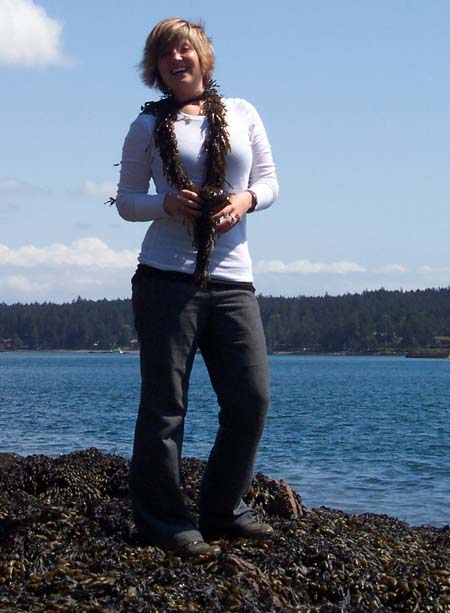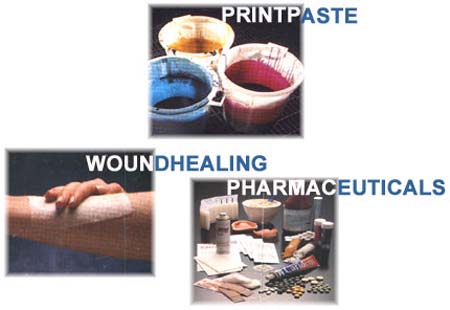
Special Features
Image from www.steve.gb.com/images/science/cell_walls.png |
||
Egregia menziesii is amazing in that it has plasmodesmata, which are rarely found in algae. Plasmodesmata are small strands made of cytoplasm that connect adjacent cell walls by passing through them (1). |
||
Image from www.snapalginate.com/images/cent.jpg
|
Egregia menziesii, as well as other kelps, have many uses for humans. It has a higher nitrogen and phosphate content than Macrocystis and is a great fertilizer (2). This is in part due to E. menziesii's 10-13% Potassium content and its low iodine content at about .08% (2). In addition, this species was traditionally and currently used as a food source (3).
Alginic acid as well as alginates are found in members of the Phaeophyta, such as Egregia, and have many uses which are commercially important. Alginates are used as a thickening agent in tooth paste, hair products, lotions, hair dyes, and ointments just to name a few. They are also used in detergents as a foam stabilizer and in shaving creams (3). |
|
 |
And, of course, you can use Egregia menziesii as a boa whenever you misplace your own, or if you decide to become a mermaid. |
(1) Dodge, J.D. (1973). The Fine Structure of Algal Cells. Academic Press, London
(2) Present S. "Egregia menziesii The Feather Boa Kelp" Monterey Bay Aquarium Research Institute. 1999. Phycological Society of America. 2005. http://www.mbari.org/staff/conn/botany/browns/sarahp/index.htm
(3) Levring T., Hoppe H.A. and Schmid O.J. Marine Algae-A Survey of Research and Utilization. Cram, de Gruyter and Co. Hamburg, 1969.

